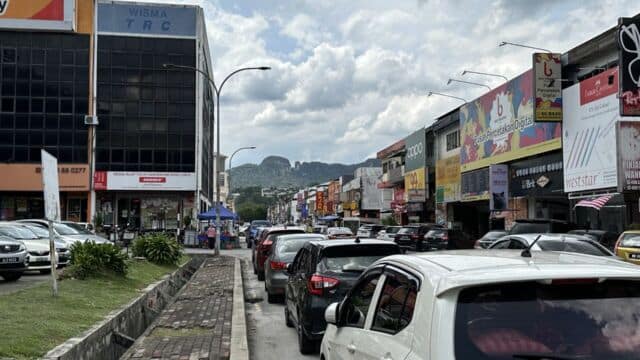Life in the Well
Photo: Tan Kai Yik
An apartment block | 3,500 words
Translated from Chinese by Will Spence
1. Appearances
This home, and the housing estate it’s part of, were built in the 1980s.
After the squatter settlements and rickety wooden houses of the old kampung were razed to the ground, it wasn’t long before a series of five-story apartment blocks and three-story shophouses rose up to take their place. The blocks were differentiated by various combinations of letters and numbers – ours was “G5” – lending a novel sense of order to the place. New residents moved in and soon found themselves living amongst a number of thriving businesses, from fast-food joints, bakeries and 7-11s to gyms, gas stations and travel agencies, operating in the shadow of the new elevated highway. Located on the border of the city’s Golden Triangle district, the surrounding fields were soon covered over with cement and all memory and sentiment of them were lost to the forward-thinking residents. For when a place develops in the right way, when it is heading in the right direction, it does so without the burden of nostalgia. And that’s the way it should be. So much has been lost, in fact, that perhaps all that remains of the old kampung today is its name – Kampung Pandan.
The apartments were never luxurious. They didn’t have floor-to-ceiling windows or swimming pools or gyms or multi-level parking lots. They mostly housed the middle and lower classes. As my mother remembers it, our unit was initially occupied by a Malay family, then a Korean family who had lived in Kuala Lumpur a long time. When they had to return home abruptly – no one ever found out why – my mother wasted no time in making a down payment. Her and my father started paying the monthly instalments and by their early thirties they were married with kids, working full-time, and had transformed the four-room unit into a fully-furnished family home. In Kuala Lumpur in the 1990s, the areas bordering Ampang and Cheras were perfect places to live, well-located yet affordable. As long as you had a car, you’d have no trouble getting to Maluri, Jalan Imbi, Bukit Bintang, Pudu and Taman Connaught – nowhere was out of reach. This was the suburban life my parents and their peers aspired to. In this, they were as straightforward and direct in their thinking as the highways they traveled on, and raised their children to work hard to achieve these exact same dreams.
Back then, our mass of low-rise housing blocks shared the wide, blue sky in harmony with a few neighboring high-rises. There was no sense of hierarchy between the two, no suspicion that either side was ever encroaching onto the other’s territory. But as the years passed and developers began squeezing more and more out of the land, a dense horde of private residences and office buildings began to gather. These grew without constraint and without consideration for their neighbors, obscuring a significant portion of the view once enjoyed by low-rise residents like us. Our humble housing block was never quite swallowed up entirely, but much of what had once made it so vibrant, so enchanting, was lost when we found ourselves hemmed in by these towering new structures, and choked by the rows and rows of power cables that now wrapped themselves around the area. Surrounded on all sides, it was like living in a dried-up old well.
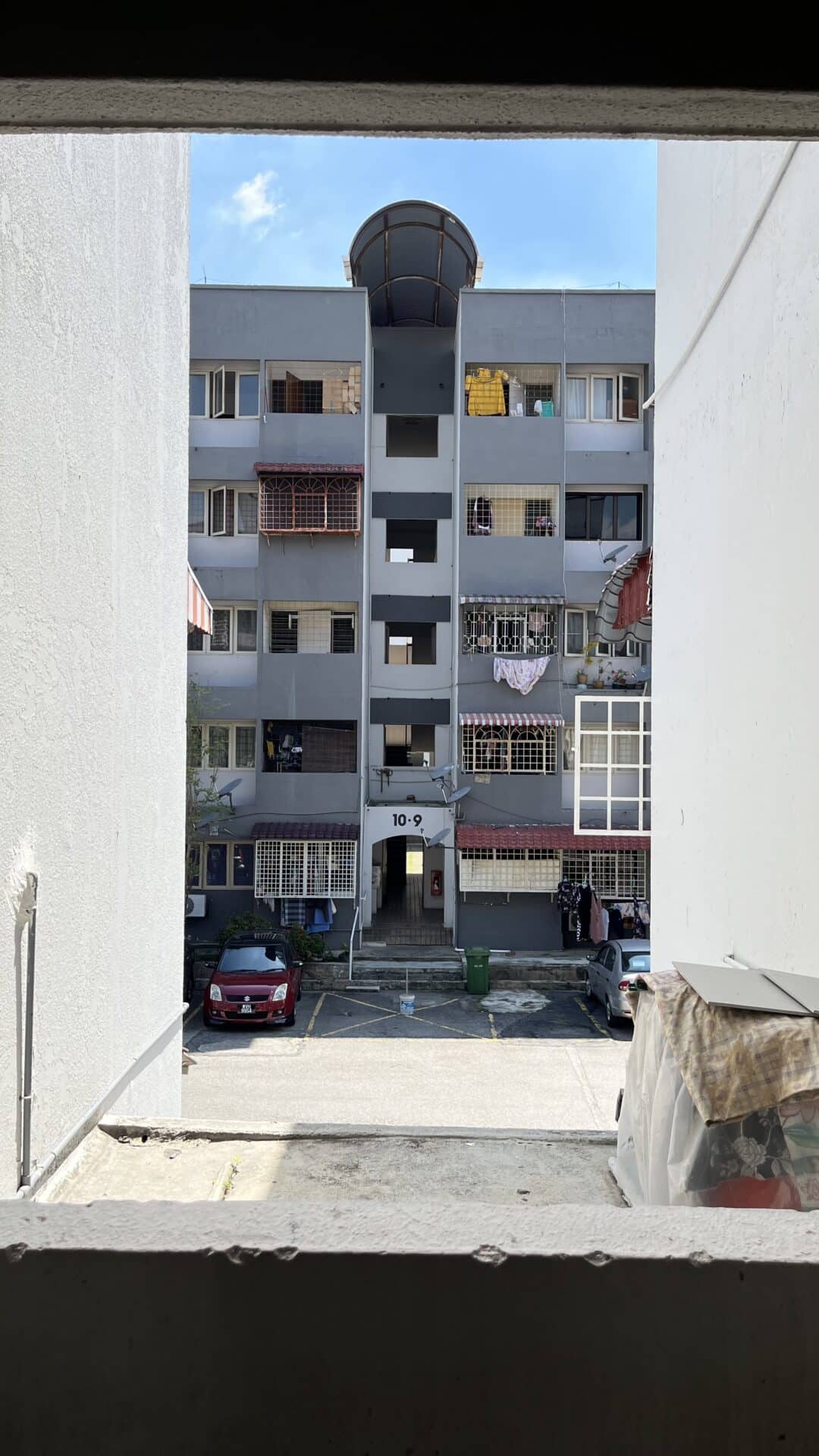
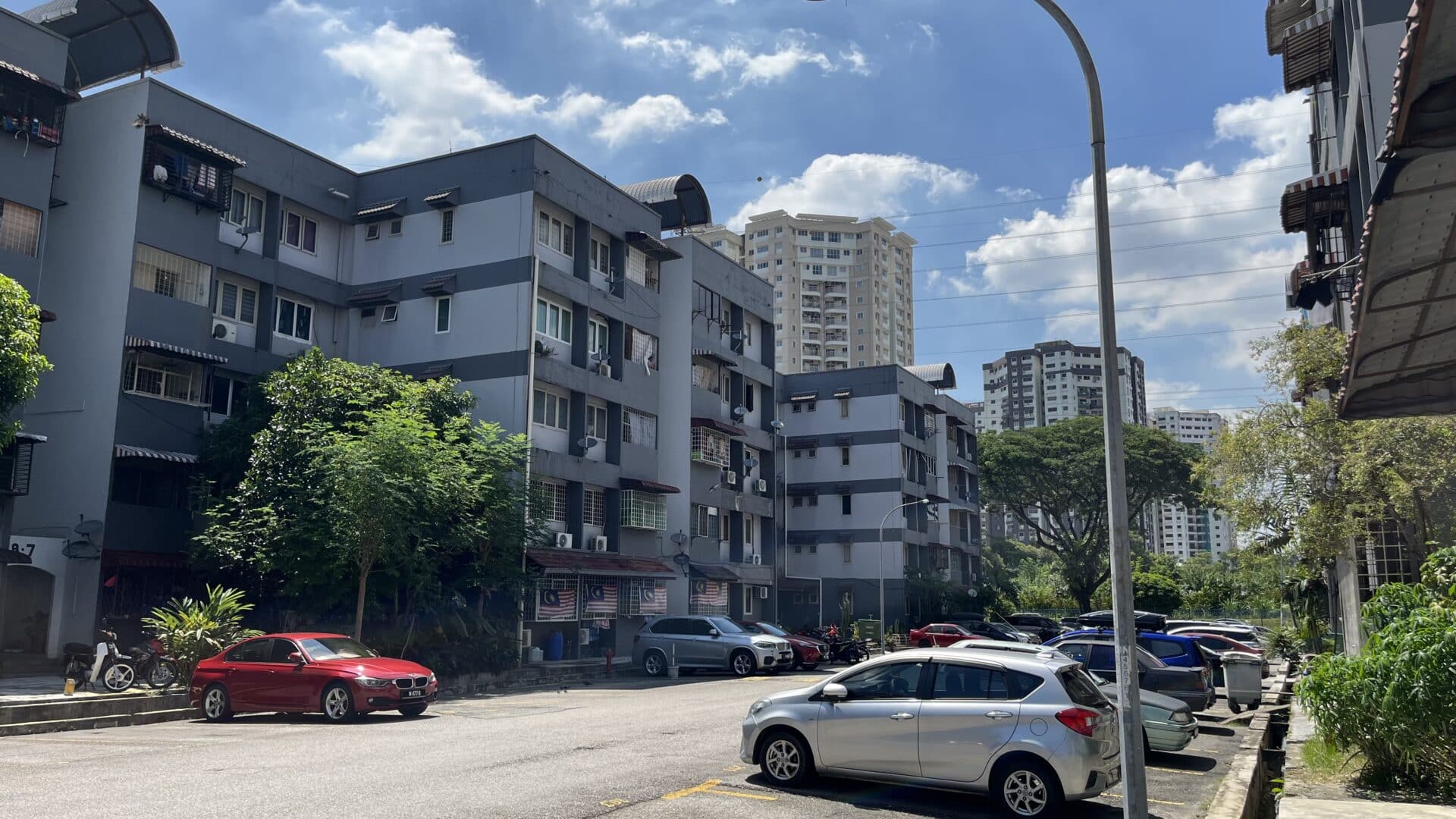
Huge swathes of sewage accumulated in the empty parking lots during the rainy season, and on hotter days no amount of preparation or preventative measures could stop heat building up inside the houses and cars. The tenants who stayed watched on helplessly as great chunks were bitten out of their sky, forming strange new shapes and sharp new angles. The festive fireworks they had looked forward to each year became nothing more than a sad remnant of a bygone era. The new housing blocks towered over them like prison walls, obscuring the view they were once so proud of with row upon row upon row of windows, dull, monotonous formations that provided little more than light pollution.
When I was young, I would cling to the window grilles of our apartment on the second floor and gaze up at the tall towers set against the blue sky. All I wanted back then was for our family to go up to our building’s rooftop and have a picnic, play hide-and-seek, tell stories, camp out, and sleep until dawn. But my mother refused. It was a restricted area, she said, residents weren’t allowed up there. This only fueled my wild imagination, and I daydreamed away many an hour wondering what secrets were hidden there, or whether anyone had ever snuck up in the dead of night on the iron ladder that hugged the building’s side. Over time, these thoughts crystallized into a complete certainty that the rooftop must be the most wonderful place on earth, and an indistinct but no-less acute desire to escape the confines of the well and explore the mysteries of the unknown.
2. Living
I think it’s fair to say that life there was a little chaotic. Thankfully, each of the apartments had enough space that residents didn’t feel suffocated by each other’s presence, but little room was left for animals. Only cats were allowed on the premises, and even that rule was revoked when strays started to breed and their numbers became excessive. It’s inevitable, I suppose, that something is forced to reverse course when it reaches an extreme.
My family hated cats. I realized this at a young age, before I could even tell the difference between pet cats and strays. Father in particular was always going on about them, and nobody ever dared contradict him. Cats scratched the body of our car, killed sparrows, and even shat in front of the house. For reasons that remain unclear, out of all the households in our five-story block, they targeted ours more than others. Maybe its second-floor location suited their needs best, or perhaps our hatred was so pronounced they could sense it somehow. Whatever it was, the smell of their feces and urine was enough to make me believe that father was right, that they were indeed a detestable animal. As a family we did everything we could to counter this cat offensive, even if it meant lowering ourselves to their level and by doing so debasing ourselves. As in any fight for survival, it was absolutely crucial not to show weakness; once a cat establishes its territory and marks it with its scent it will not leave without a fight. This power struggle persisted for many years, and our resentment only grew.
Within the limited space of our dried-up well of a housing block the cats reproduced unchecked. They could be found in every corner of the compound and their hungry meows echoed throughout the night, annoying the residents as they satisfied their own desires. Over the years, of all the many families who lived there, I don’t think there was a single person who was fond of those cats. No one fed them or played with them. In fact, the ongoing battle against the cats was perhaps the one issue that all residents were united on. Methods of control included hanging barbed wire over the compound gates (the thought of a cat’s paw getting stuck in the spikes now makes my skin crawl), placing anti-cat mats in front of house doors (the invention, presumably, of someone who hated cats as much as we did), painting the lower half of the gates red (it was said the cats were afraid of the color), and pouring white vinegar in front of our homes in an attempt to get rid of their scent (a slightly more merciful form of pesticide). Perhaps the most outlandish approach was that of a grandmother living on the ground floor, who had her grandson print a black-and-white picture of a tiger and stick it low on the wall outside her home, as if that might make the cats recognize their noble ancestral lineage and bring them to order. If anything, the photo seemed to make them all the more headstrong and self-important.
The block’s management team were fully committed to the causes of collecting residents’ fees and issuing fines, but indifferent to much else. The peeling paint and rusted exterior piping were two of the more obvious signs of neglect, alongside the uncontrolled cat infestation. Management dismissed these issues as “natural occurrences” which, as residents, we should learn to live with. As for me, my opinion of the cats evolved from disgust to indifference. I learnt how to not invest too much emotional energy into their plight, in part by detaching myself from the place where I lived. This meant I wasn’t having to constantly second-guess the cats’ true intentions, as my father did, or worry about our co-existence as if it were some kind of existential battle. One thing all this taught me is that attachments can be a heavy burden to bear, and a light-hearted approach to life lends itself to a happier existence.
I remember once, years later, I was driving along the highway leading to the Petronas Towers. The sun’s brilliance that day was making visibility low, and I needed a concerted effort to stay alert and fight off drowsiness as I drove straight ahead. Traveling at around 60 kilometers per hour, I noticed something unusual on the road ahead – a kitten lying lifeless between the white lines. Its body and tail looked like they’d been run over numerous times, flattened to a bloody pulp, but the head looked eerily intact. As the car approached, its facial features and pointed ears became clear. Dead on the scorching asphalt road the body lay, exposed to the elements without anyone stopping to clean it up. By the afternoon, it would probably have turned the color of a well-done steak. And I couldn’t help but wonder: Did it die at night or in the morning? Was it safer for cats to cross the road during the night or in daytime? I knew that with all the vehicles passing at speed, I couldn’t stop by the roadside and retrieve the cat’s body; I could only grip the steering wheel, stay within the two dashed lines that marked out my lane, and gauge the distance between the car’s tires and the cat. I slowed slightly, as if that might absolve me of any wrongdoing or prevent further pain being inflicted upon it.
But I didn’t look back, nor did I dwell on why the cat had been crossing the highway in the first place. It must have understood the dangers, I concluded, and thought the risk worth taking. As for me, I simply drove on, my conscience clear, ready for whatever the rest of the day might throw at me.
3. Darkness
We were watching television one afternoon when my mother casually recounted an alarming incident she had witnessed out in the courtyard below. She’d been out on the balcony drying clothes in the hot sun when two people drove into the compound on a motorbike, which they parked hastily by the side of the drainage ditch. One of the riders then got off the bike and unloaded a packet of bird feed onto the ground, and it wasn’t long before the place was swarming with fat pigeons. All of a sudden, the other rider produced a net which he cast towards the unsuspecting birds. Some managed to fly off in time, but others didn’t, and the pair disappeared back into the street clutching their netful of distressed birds. It had all happened so quickly that if it weren’t for the remnants of bird feed still lying on the ground, Mother thought it might all have been some wild hallucination.
The two men were in and out within ten minutes. They moved with speed, precision, and a confidence that suggested they knew exactly what they were doing and had no concern of being caught. These were no first-timers. In their wake there was an unnerving silence, as the wide road outside the gate lay empty but for the occasional passing vehicle. Still watching from the second-floor balcony, Mother saw several concerned residents gathering downstairs with a mixture of anger and confusion. A plan was hatched, and a group of them marched off in the direction of the management office. But the details of the case were still fairly hazy, and the management weren’t exactly renowned for responding to residents’ complaints.
I asked Mother if this kind of thing had happened before. It was the first time she’d witnessed such an incident, but she couldn’t rule out the possibility that it had happened before or would happen again. Pondering the potential motives behind such actions, I was inclined to think it might have been driven by economic necessity, that the birds would be sold as food. This explanation seemed plausible. After all, they were an abundant and practically costless raw material. They required no cultivation and their meat was substantial, untouched by growth hormones, the taste akin to free-range chicken. But then again, my imagination had been known to run wild, straying far from reality.
The identity of the perpetrators remained a mystery. After the incident, however, there were a few small but notable improvements made to the housing block. The most notable significant was the tightening of security. People were no longer permitted to use the pavilion in the front of the compound as a meeting point, closing off the space that had allowed anyone to enter as they pleased. Furthermore, the drivers of all vehicles, including delivery vans, were questioned on entry, and their license plate and identification numbers recorded. Roadblocks were set up at the entrances and exits, wide enough to prevent even motorbikes from making a speedy exit.
The pigeons, meanwhile, lost none of their enthusiasm. Not long after the terrifying raid, when residents laid out food for them in the exact same spot in the compound, they swooped in and their coos filled the air once more, with no hint of fear, as if the kidnapping of their kin had never happened and would never happen again. They simply followed their instincts as before, oblivious to the ease with which they had fallen into the trap. When the food was gone, so were they, scattering in all directions. Did they recognize their companions? Was their dispersal somehow normal in the urban ecology? If all of you look and act so alike, is it even necessary to mourn a lost companion?
There would always be better places than here. I suppose those who chose to remain on a permanent basis did so because their discerning eye found here something that others couldn’t see. Or perhaps they had just exhausted long before all other options available to them.
4. Home
I always hope that speaking to others will help me communicate with them more effectively than I can with the written word. More often than not, however, I find the opposite to be true.
I don’t know whether it constitutes a latent insecurity or just a desperate need to express myself clearly, but whenever I mention the location of my home, I instinctively caveat it with additional information: “It’s just a 20 minute drive to KL Sentral train station, 15 minutes to the Petronas Towers, and only 10 minutes to Times Square…” I try to anchor my home to the city center by namedropping our most notable landmarks, creating the impression that our neighborhood is teeming with possibility and opportunity.
But while these kinds of associations may come across to others as concrete, specific and useful, for me they make things vaguer. Even after listing every major landmark in the city there remains a sense of absence, an emptiness. It’s like zooming in and out of a map on your phone, making all the various places appear the same, and failing to capture what really makes a place unique. By adding these layers of description, providing details on distances and so forth, my home has become a place that exists only in the in-between, somewhere no one can ever truly know. I’ve never considered providing others with the more obvious details of my home such as its address or the name of the building, and especially the conditions there. These too seem secondary and more abstract, failing to catch the essence of the place.
Despite all its problems, the well never ran completely dry. Over the years, people sold up and moved on while others moved in, some with their families, others on their own. Former neighbors and playmates of mine have long since departed, leaving behind a variety of residents – elderly individuals living alone, same-sex couples, newcomers from other places, comfortably well-off families. Typically, the units don’t remain vacant for too long. The “FOR RENT” sign put up outside the building is invariably taken down again after a few days. The bare windows are re-adorned with new curtains, laundry is hung out to dry again, and the abandoned balconies are once more filled with lush greenery. But somewhere along the way our sense of community and camaraderie has been lost, and residents no longer engage in friendly conversations with their neighbors, old or new.
Before our seemingly eternal 99-year lease came to an end, my family of four lived happily within the shadow of the well’s walls. We were aware of the changes happening around us, but chose to look forward and adapt rather than dwell on the prevailing sense of departure and decline – an outlook that served us well into the pandemic. But there’s more to it than that. Our home had accumulated a great many miscellaneous items over the years, and I suppose these things became increasingly hard to break free from. Eventually, we came to believe that the sky was only as vast as the well’s opening.
I was living in Singapore when the panic over the pandemic began to subside, and the mask mandates and border restrictions started to be lifted. Life seemed normal again, as a holiday-like atmosphere returned to the Garden City. Everyone went about in a state of near bliss, as if they were experiencing a fairy-tale, happy-ever-after ending. For islanders, all places outside their homeland appear exciting tourist destinations. However, most of the time, I only want to return to where I come from. I have a deeply nostalgic nature that compels me to go back to the places I know well. The comfort I find in the familiar leads me to reject any curiosity to explore novel things and new attractions. People tell me, “You’re young, you should go out and see the world.” But despite living in a foreign country, I have no desire to spread my wings like many of my peers.
The day I first left the well, I became an uprooted person. In the Garden City, they don’t ask about your “kampung” but rather your “hometown”, your place of residence. For me, returning home means having the same meals, watching the same television shows. Compared with traveling to a new, exciting, and faraway place, this perhaps seems dull.
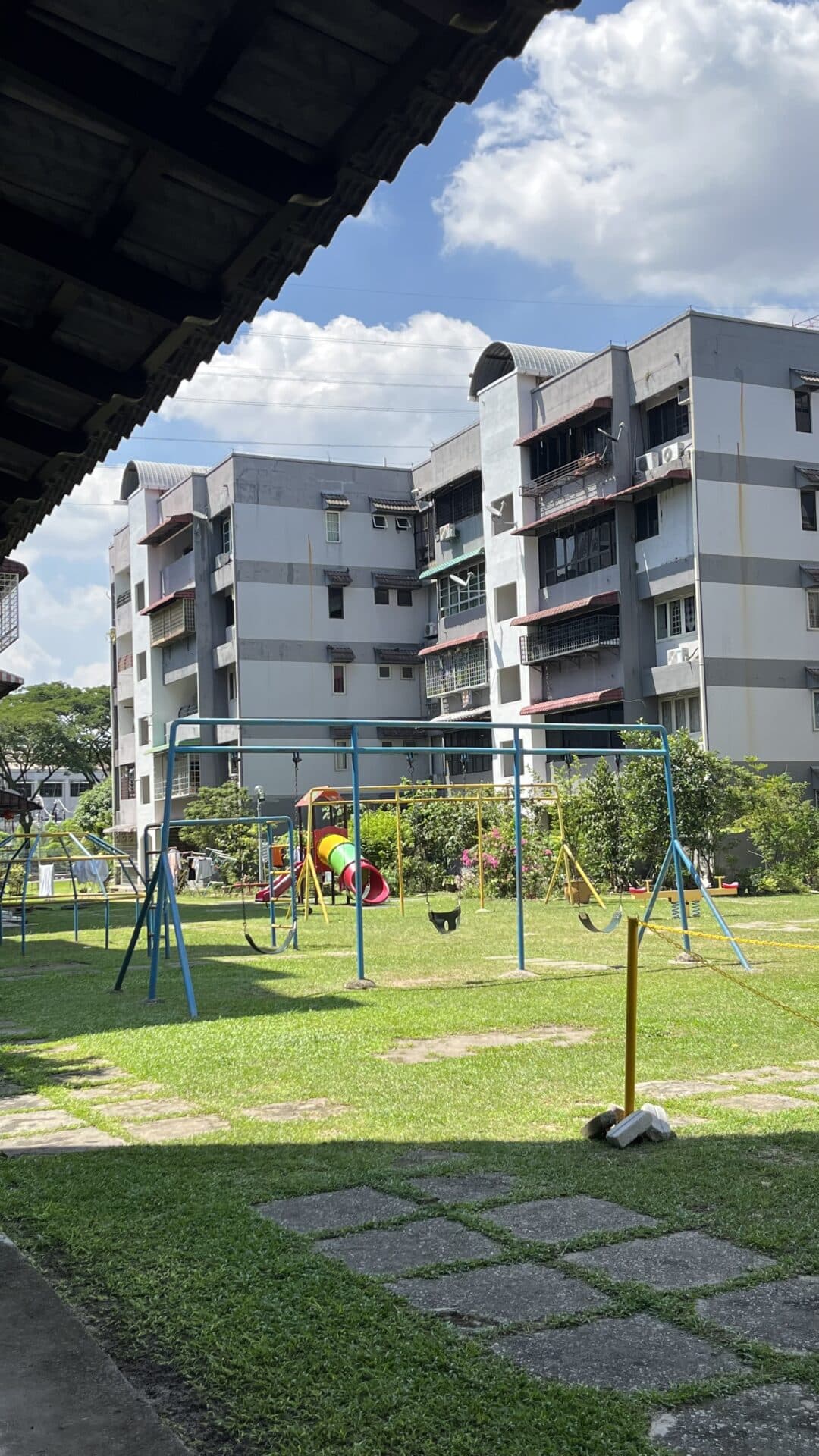
I went online to find an affordable bus ticket, chose my single seat, and took the four-to-five-hour journey on the North-South Expressway from Golden Mile Complex in Singapore to Berjaya Times Square in KL. Choosing the bus isn’t just a way to save money: it’s more that I need a long journey to reflect on life, and resolve the guilt of unmet expectations. Regardless of the length of the journey, in the end, I always feel like there isn’t enough time – maybe none of us ever do. But I do know I can’t stay ensconced in the well, dwelling on what I cannot change, allowing it to consume me.
In the end, it all comes down to individual choice. Take my parents, for example. They have become so accustomed to the comforts of one place that they no longer have the desire to travel to any other. My father justifies this by saying this particular place is somehow uniquely suited to them, and finding anywhere else that could satisfy their needs would be near-on impossible. It doesn’t matter, therefore, that the paint is peeling and the piping is rusted and the dirt between the tiles in the bathroom has built up so much that it is spilling out of the cracks. It doesn’t matter that the white furniture is now yellow, or the aging appliances have, one by one, ceased to work. Faced with such decay, rather than feeling angry, anxious or overwhelmed, they have developed ways of coping. Perhaps, when all is said and done, there is no distinction between inside and outside the well and there is no such thing as a better or worse place. Perhaps contentment is found within.
© Tan Kai Yik
English translation © Will Spence
Commissioning editor: Wong Kai Hui


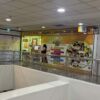
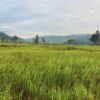
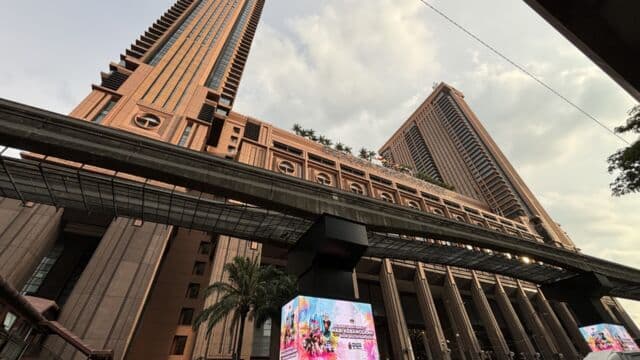
-640x360.jpg)
